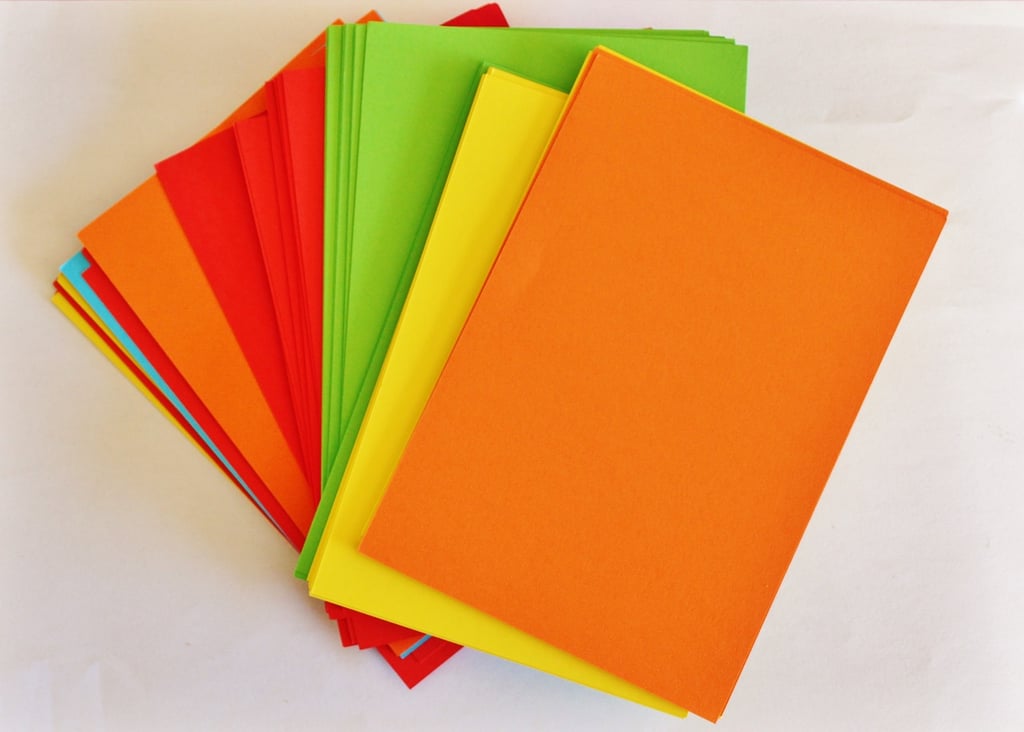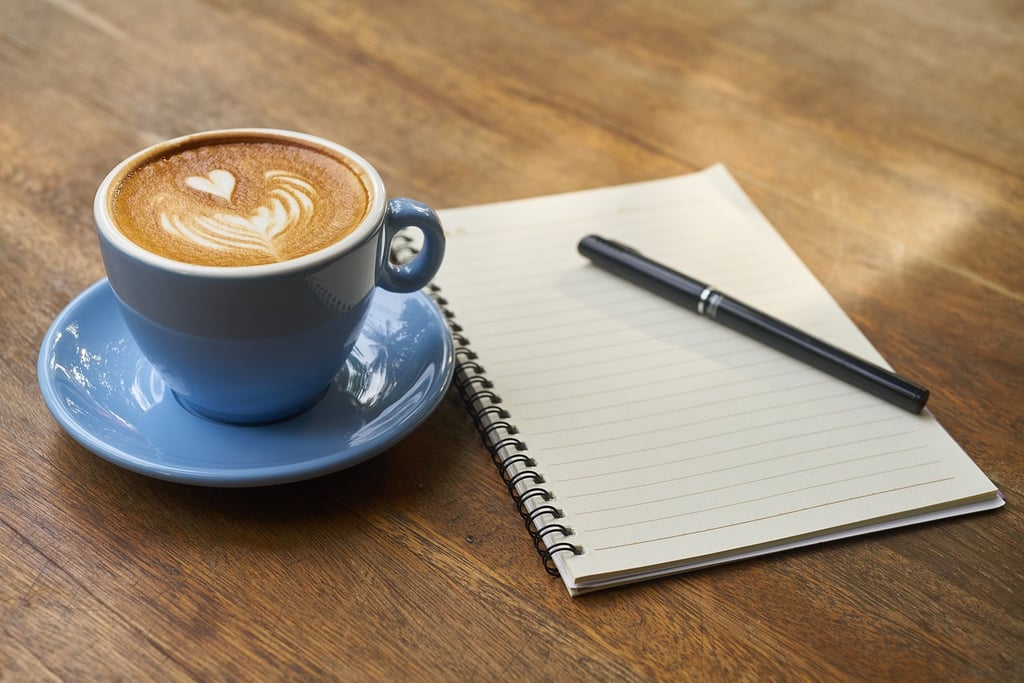Printing on different types of paper can add a unique touch to crafts, presentations, and other creative projects. Many people wonder if construction paper, a popular choice for arts and crafts, is printer-friendly. In this article, we will delve into the subject to determine if you can print on construction paper and explore various methods and considerations for achieving high-quality results.
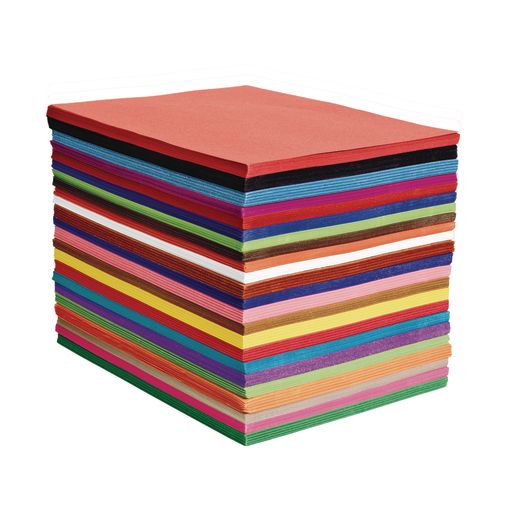
Understanding the Basics of Construction Paper
Construction paper is a type of colored and textured paper that is commonly used for arts and crafts projects, as well as for various educational purposes. It is typically available in a wide range of vibrant colors and is known for its durability and versatility. However, due to its thickness and composition, printing on construction paper may present some challenges.
Constructed from wood pulp or recycled paper, construction paper is thicker and rougher compared to regular printer paper. It is designed to withstand cutting, folding, and gluing without tearing easily. The texture of construction paper adds a unique visual appeal to projects, making it a popular choice in schools and for creative individuals.
When considering printing on construction paper, it is important to note that its thickness and texture can affect the quality of the print. The paper's absorbency and surface characteristics may cause ink to be less vibrant or smudge easily. Therefore, it is essential to explore various techniques and printer settings that can help optimize the printing results.
- Choose the Right Type of Construction Paper: Not all construction papers are created equal. Some may be more suitable for printing than others. Look for construction paper with a smoother surface, as this can improve print quality. Avoid heavily textured papers that may cause ink to bleed or appear fuzzy.
- Consider the Paper Weight: Construction paper typically comes in various weights, ranging from 50 pounds to 100 pounds or more. The weight refers to the thickness of the paper. When printing on construction paper, opt for a weight that is compatible with your printer's capabilities. Thicker construction paper may require adjustments to the printer settings or manual feeding.
- Perform Printer Test Prints: Before committing to a large print job on construction paper, it is advisable to conduct test prints. Print a sample image or document on a small piece of construction paper to assess the print quality and make any necessary adjustments. This will help you determine the optimal print settings for your specific printer and construction paper combination.
- Consider Printer Compatibility: Different printers may have varying capabilities when it comes to handling thicker or textured papers. Inkjet printers are generally more versatile and can handle a wider range of paper types. Laser printers, on the other hand, may have limitations with thick or textured papers. It is essential to consult your printer's user manual or manufacturer's guidelines to ensure compatibility.
- Allow Sufficient Drying Time: Due to the absorbency of construction paper, prints may take longer to dry compared to regular printer paper. Allow ample time for the ink to fully dry to avoid smudging or smearing. Consider using a hairdryer on a low heat setting or placing the printed sheets in a well-ventilated area to expedite the drying process.
Considerations for Printing on Construction Paper
When it comes to printing on construction paper, there are several important considerations to keep in mind. While construction paper is widely used for crafts and projects, it is not specifically designed for printing purposes. Therefore, achieving satisfactory results may require some extra attention and preparation.
Firstly, it is crucial to understand that construction paper is thicker and more textured compared to standard printer paper. This thickness can pose a challenge for printers, especially those that are not equipped to handle heavier paper types. Before attempting to print on construction paper, it is advisable to check your printer's specifications to ensure it can accommodate thicker paper.
Additionally, the texture of construction paper can affect the printing quality. The rough surface of some construction paper types may cause ink smudging or uneven distribution, resulting in less crisp and clear prints. To mitigate this issue, consider selecting construction paper with a smoother surface, as it will provide better printing results.
Another crucial consideration is the ink absorption of construction paper. Compared to standard printer paper, construction paper tends to absorb more ink due to its absorbent nature. This can lead to longer drying times and potential smudging if not handled carefully. To minimize these risks, it is recommended to use inkjet printers with pigment-based inks, as they generally offer better drying properties compared to dye-based inks.
Furthermore, the color and brightness of construction paper can influence the final print outcome. Construction paper comes in a range of vibrant colors, but some shades may affect the clarity and visibility of printed content. It is advisable to choose lighter shades of construction paper for better print readability. Additionally, bear in mind that printing on colored construction paper may alter the appearance of the printed colors, as they will blend with the background hues.
In summary, when considering printing on construction paper, it is essential to address the paper's thickness, texture, ink absorption properties, and color considerations. By carefully selecting the appropriate printer, smoother paper options, and suitable print settings, you can enhance the chances of achieving satisfactory prints on construction paper.
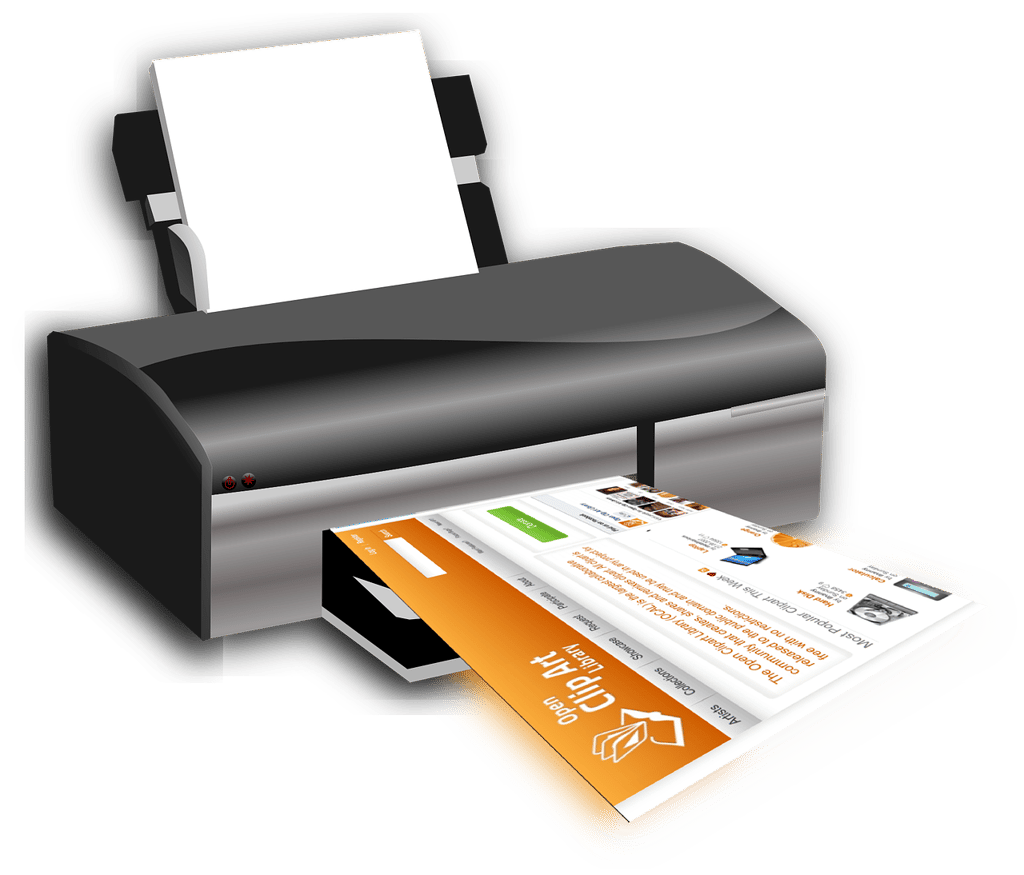
The Inkjet Printing Method
When it comes to printing on construction paper, one of the most commonly used methods is inkjet printing. Inkjet printers are widely available and relatively affordable, making them a popular choice for home and office use. However, achieving satisfactory results when printing on construction paper with an inkjet printer requires some careful considerations and adjustments.
1. Paper Compatibility: Construction paper is thicker and rougher than standard printer paper, which can pose challenges for inkjet printers. Before attempting to print on construction paper, check the printer's manual or specifications to ensure it is compatible with thicker media. Some inkjet printers have a maximum paper thickness limit that may not accommodate construction paper.
2. Printer Settings: Adjusting the printer settings is crucial to getting the best results when printing on construction paper. Begin by selecting the appropriate paper type setting on your printer's control panel or software. Look for options such as "Thick Paper" or "Cardstock" to optimize the printer's feed mechanisms and ink application for a thicker media. Additionally, consider adjusting the print quality settings to a higher resolution for sharper and more vibrant prints.
3. Feeding Mechanism: Construction paper's thickness can make it more difficult for inkjet printers to feed the paper properly. To ensure smooth and successful printing, it is recommended to feed the construction paper individually rather than using the printer's automatic document feeder. This way, you have more control and can manually assist the printer in feeding the paper through the printer's paper path.
4. Allow Drying Time: After printing on construction paper, it is essential to allow sufficient drying time for the ink to set. Due to the paper's absorbency, the ink may take longer to dry compared to regular printer paper. Handling the prints too soon may result in smudging or smearing of the ink, ruining the final result. It is advisable to leave the prints undisturbed for at least 10-15 minutes before handling or further processing.
5. Test Prints: Before committing to a full print run on construction paper, it is always recommended to do a test print on a small piece of the paper first. This allows you to assess the print quality, colors, and any potential issues that may arise. Make adjustments to the printer settings or try different printing techniques if necessary.
- Ensure printer compatibility with thicker media.
- Adjust printer settings for paper type and print quality.
- Feed the paper individually to assist printer feeding.
- Provide sufficient drying time for the ink to set.
- Conduct test prints before full production.
By following these guidelines and taking the necessary precautions, you can achieve satisfying results when printing on construction paper using an inkjet printer. However, it is important to remember that not all inkjet printers are created equal, and success may vary depending on the printer model and its capabilities. If you encounter persistent difficulties or seek professional-level results, it might be worth considering alternative printing methods such as laser printing or seeking commercial printing services.
The Laser Printing Method
When it comes to printing on construction paper, laser printers are generally considered more suitable than inkjet printers. Laser printers use a different technology that allows them to handle thicker and more textured paper types effectively. However, it is still important to consider certain factors to ensure optimal results.
1. Paper Compatibility: Before printing on construction paper with a laser printer, verify that the paper is compatible with the printer. While most laser printers can handle construction paper, it is recommended to check the printer's manual or specifications to ensure it supports the desired paper weight and thickness.
2. Adjusting Printer Settings: To achieve the best print quality, make sure to adjust the printer settings accordingly. Set the paper type to "Card Stock" or "Heavyweight" in the printer preferences menu. Also, choose the appropriate print quality option, such as "Best" or "High Resolution," to ensure sharp and vibrant prints.
3. Loading the Paper: Properly loading the construction paper into the printer is crucial for preventing paper jams and ensuring smooth printing. Most laser printers have a manual feed tray or a paper bypass tray specifically designed for handling thick paper. Use this tray to feed the construction paper into the printer, making sure it is aligned correctly and not overloaded.
4. Testing and Calibration: Before printing a large batch or important project, it is advisable to perform a test print to gauge the color accuracy and overall print quality. If necessary, adjust the printer settings or make any calibration adjustments to ensure optimal results. This step is particularly important when working with construction paper, as its texture and absorbency may affect color vibrancy.
- Tips for Better Results:
- Consider using a lower print speed setting to help the printer better handle the thicker construction paper. This can reduce the risk of smudging or smearing.
- If you're printing a large number of pages, allow time for the ink to dry between prints to prevent smudging.
- Avoid excessive handling of the printed construction paper to prevent smudging or scratching the ink.
By following these guidelines and taking the necessary precautions, you can successfully print on construction paper using a laser printer. Remember to consult the printer manual for any specific recommendations or limitations regarding paper types and thicknesses. With a bit of practice and experimentation, you'll be able to achieve beautiful and professional-looking prints on this versatile craft paper.
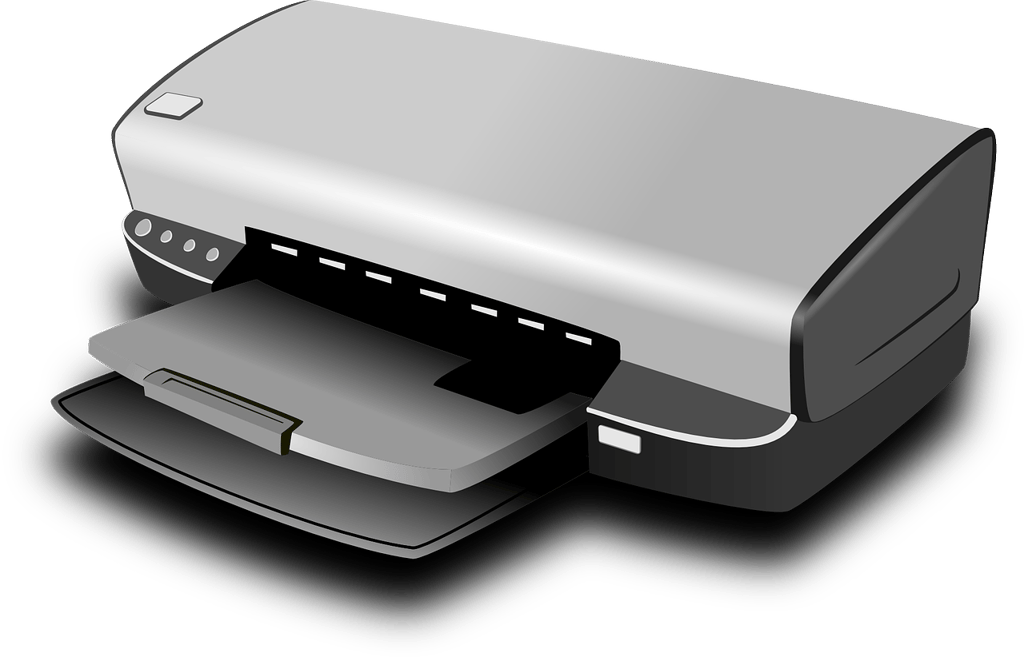
Suggested Print Settings and Techniques
When it comes to printing on construction paper, using the appropriate print settings and techniques can greatly enhance the quality of your prints. Here are some suggested settings and techniques to consider:
- Print Quality: Select the highest print quality option available on your printer settings. This will ensure sharp and vibrant prints on the thicker construction paper.
- Paper Type: Choose the closest option to "Cardstock" or "Heavyweight" paper in your printer settings. These settings adjust the printer's ink application and heat distribution to accommodate the thicker construction paper.
- Media Type: Some printers have specific media types for cardstock or thicker papers. Selecting the appropriate media type can improve the paper feed and ink absorption, resulting in better print quality.
- Printer Tray Adjustment: If your printer has adjustable paper trays, ensure that they are set to accommodate thicker paper. This will prevent potential paper jams and promote smooth feeding during the printing process.
- Allow Sufficient Drying Time: Construction paper is porous, and the ink may take longer to dry compared to regular printer paper. Allow prints to fully dry before handling or stacking to avoid smudging or smearing.
- Feeding Paper Manually: For thicker construction paper that might cause difficulties with automatic paper feeding, consider manually feeding the paper through the printer. This can help ensure that the paper is positioned correctly and prevent potential jams.
- Print Test Sheet: Before printing a large batch, it's advisable to print a test sheet on a sample piece of construction paper. This allows you to assess the print quality and make any necessary adjustments before proceeding with the final prints.
By following these suggested print settings and techniques, you can optimize your printing experience on construction paper and achieve professional-looking results for your creative projects.
Alternative Approaches for Printing on Construction Paper
In addition to traditional printing methods, there are alternative approaches that can be used to print on construction paper. These methods offer different techniques to achieve desired results and can add a unique touch to your projects.
- Adhesive Labels: One alternative approach is to use adhesive labels. This method involves printing your desired design or image onto adhesive labels and then applying them to the construction paper. This can be a convenient option, especially if you want to print multiple copies of the same design or if you prefer a quick and easy solution. Adhesive labels can be found in various sizes and shapes, allowing you to customize your prints according to your needs.
- Transferring Prints: Another interesting approach is to transfer prints onto construction paper. This method involves printing the desired design or image onto a transfer medium, such as transfer paper or heat transfer vinyl. Once the print is transferred onto the medium, it can be applied to the construction paper using heat or pressure. This can create a unique and textured effect on the paper, giving your prints a vintage or artistic look.
- Hand Drawn Designs: If you have artistic skills or prefer a more personalized touch, another alternative approach is to hand-draw or paint your designs directly onto the construction paper. This allows for complete creative freedom, as you can experiment with different mediums, colors, and techniques. Hand-drawn designs can add a whimsical and handmade feel to your projects, making them truly one-of-a-kind.
- Stamping: Stamping is another alternative approach that can be used to add designs or patterns to construction paper. Using rubber stamps or carved blocks, you can create intricate or repetitive designs on the paper. This method offers versatility in terms of design options and can be combined with other techniques, such as hand coloring or embossing, to enhance the visual appeal of your prints.
- Decoupage: Decoupage is a technique that involves layering and sealing paper cut-outs onto various surfaces. By printing or cutting out designs from different types of paper, including regular printer paper, you can create unique collages on construction paper. This approach allows for endless possibilities as you can mix and match different elements and textures to create visually appealing compositions.
By exploring these alternative approaches, you can expand your creative options when it comes to printing on construction paper. Whether you choose adhesive labels, heat transfers, hand-drawn designs, stamping, or decoupage, each method offers its own advantages and artistic appeal. Don't be afraid to experiment with different techniques and combinations to achieve the desired outcome for your next construction paper project.
In conclusion, while printing on construction paper can be challenging due to its thickness and composition, with the right techniques and printer settings, it is indeed possible to produce high-quality prints. Understanding the basics of construction paper, considering the appropriate method, and adjusting print settings are essential steps to achieve satisfactory results. Finally, exploring alternative approaches, such as using adhesive labels or transferring prints, can also open up new possibilities for creative projects. So, don't hesitate to experiment and unlock the full potential of printing on construction paper!

